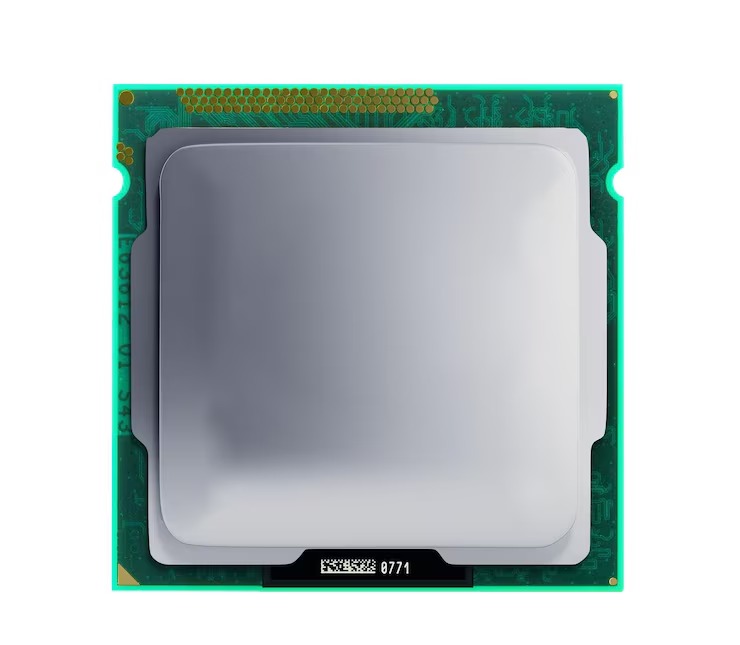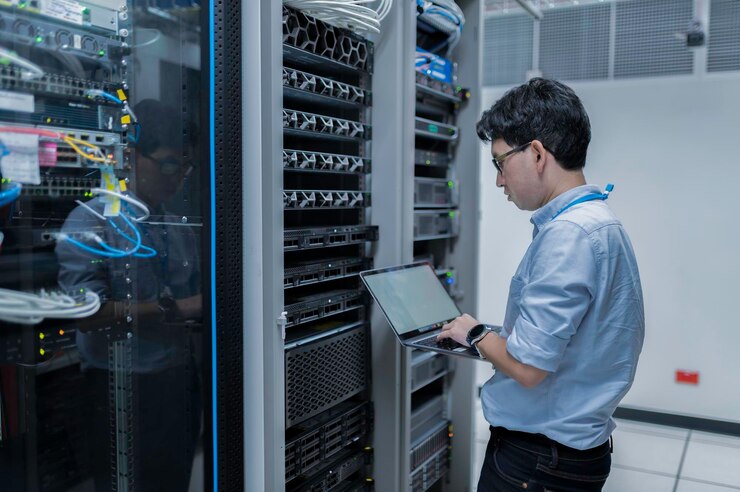Why Everyone Is Talking About Tech in 2026
As we approach the midpoint of the decade, technology continues to dominate conversations across industries, governments, and households. The year 2026 has become a focal point for discussions about innovation, disruption, and the societal shifts driven by technological advancements. From groundbreaking developments in hardware to transformative software solutions, here’s why tech is the talk of the town and what it means for the future.
The Rise of Immersive Experiences
One of the most talked-about trends in 2026 is the explosion of immersive technologies. Augmented reality (AR) and virtual reality (VR) have moved beyond niche applications and are now reshaping how we interact with the world. For instance, retail brands are using AR to allow customers to visualize furniture in their homes before purchasing, while VR is revolutionizing education by enabling students to explore historical sites or conduct virtual science experiments.
These technologies are also making waves in entertainment. Concerts and events are increasingly being hosted in virtual spaces, allowing global audiences to participate without geographical constraints. As these experiences become more accessible, they’re not just a novelty—they’re becoming a staple of modern life.
What This Means for You
If you’re a business owner, now is the time to explore how immersive technologies can enhance your offerings. Even small investments in AR or VR can set you apart from competitors. For individuals, staying informed about these tools can open up new opportunities for learning, entertainment, and even career development.
The Evolution of Communication
Communication technologies have also taken center stage in 2026. The rollout of 6G networks is revolutionizing connectivity, offering speeds up to 100 times faster than 5G. This leap forward is enabling real-time, high-definition communication across the globe, making remote work and collaboration more seamless than ever.
Moreover, advancements in natural language processing and translation tools are breaking down language barriers. Imagine attending a global conference where every speaker’s words are instantly translated into your native language. This level of communication is no longer science fiction—it’s a reality in 2026.
What This Means for You
For professionals, embracing these communication tools can enhance productivity and expand your network. Businesses should consider integrating these technologies to improve customer service and reach new markets. On a personal level, learning to navigate these tools can enrich your interactions and broaden your horizons.
The Push for Sustainable Tech
Sustainability is another major theme driving the tech conversation in 2026. As climate change concerns grow, companies are under pressure to develop environmentally friendly solutions. From energy-efficient data centers to biodegradable electronics, the tech industry is stepping up to address its ecological footprint.
One standout example is the rise of solar-powered devices. Companies are now producing everything from solar-powered laptops to smartphones, reducing reliance on traditional energy sources. Additionally, recycling programs for electronic waste are becoming more widespread, encouraging consumers to dispose of old devices responsibly.
What This Means for You
Consumers can support this movement by choosing sustainable tech products and participating in recycling initiatives. Businesses should prioritize eco-friendly practices, not only to meet regulatory requirements but also to appeal to increasingly conscious consumers.
The Integration of Tech in Everyday Life
Perhaps the most significant reason tech is a hot topic in 2026 is its deep integration into daily life. Smart homes, wearable devices, and connected appliances are no longer luxuries—they’re becoming necessities. For example, smart thermostats are helping homeowners reduce energy consumption, while wearable health monitors are empowering individuals to take control of their well-being.
This integration extends to cities as well. Smart city initiatives are leveraging technology to improve infrastructure, reduce traffic congestion, and enhance public safety. From intelligent traffic lights to sensor-equipped waste bins, these innovations are making urban living more efficient and sustainable.
What This Means for You
Consider how technology can simplify your daily routines. Investing in smart home devices or wearable tech can improve your quality of life. If you’re a policymaker or urban planner, exploring smart city solutions can lead to more resilient and livable communities.
Conclusion
In 2026, technology is not just a tool; it’s a driving force shaping the future. From immersive experiences to sustainable innovations, the advancements we’re witnessing are transforming how we live, work, and connect. By staying informed and embracing these changes, both individuals and businesses can thrive in this rapidly evolving landscape. The conversation about tech is only just beginning—and its impact will be felt for years to come.



